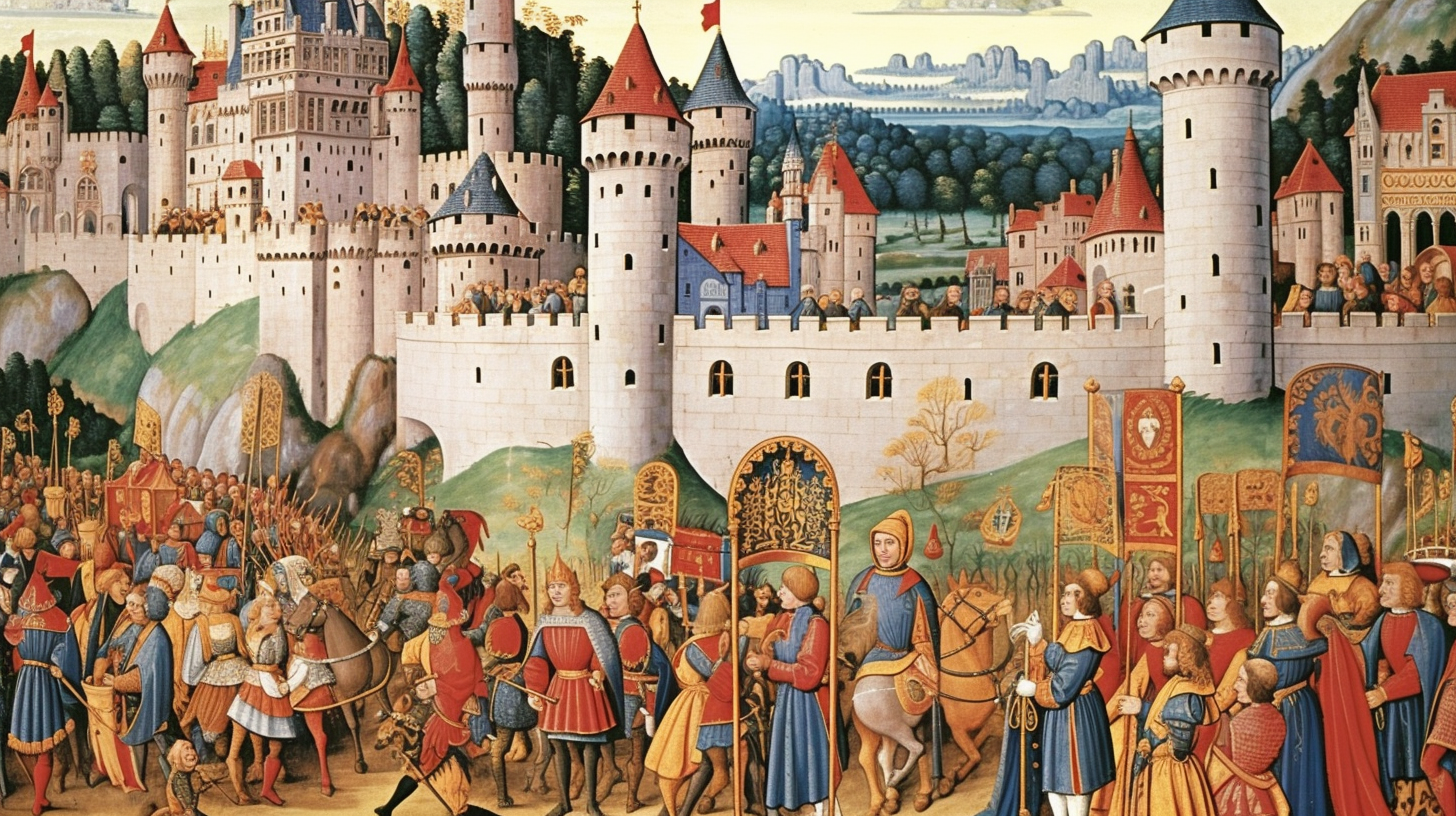Post
Medieval Life and Society
Medieval life and society was deeply influenced by the hierarchical structure prevalent during the Middle Ages. At the top of this social pyramid were the nobles, who owned vast lands and held immense power. They lived in castles and manors, which served as centers of political and economic control. Below the nobles were the peasants, who formed the largest segment of society. They worked the land and supported the economy through farming and manual labor.
Within the daily lives of people during the Middle Ages, the manor system played a pivotal role. The manor was a self-contained estate where peasants lived and worked under the authority of the lord. Peasants would farm the land in exchange for protection and resources provided by the lord. These manors had everything necessary for survival, from farmland and mills to blacksmiths and grazing pastures.
Social classes in medieval society were distinct, and each had its own roles and responsibilities. Nobles were expected to protect the land and serve as military leaders in times of war. Peasants, on the other hand, toiled in the fields, producing food for the whole society. Merchants emerged as a new class during this period, engaging in trade and commerce, bringing goods from distant lands.
Chivalry, a code of conduct that emphasized honor, bravery, and loyalty, heavily influenced medieval society. Knights, the epitome of chivalry, were expected to uphold these values and protect the weak. Courtly love, a concept rooted in chivalry, focused on the idealized and sometimes forbidden love between knights and noble ladies.
The influence of chivalry and courtly love extended beyond the nobility. They seeped into literature, art, and even everyday life. Troubadours would serenade noblewomen, and stories of knightly quests were celebrated in epic poems such as "The Song of Roland" and "Arthurian legends."
In conclusion, medieval life and society were constructed upon a complex framework of social hierarchy and cultural ideals. The manor system, the roles of different social classes, the importance of chivalry, and the romantic notion of courtly love all played integral roles in shaping medieval society. Understanding these aspects gives us valuable insights into the lives of people during this period and the values they held dear.
